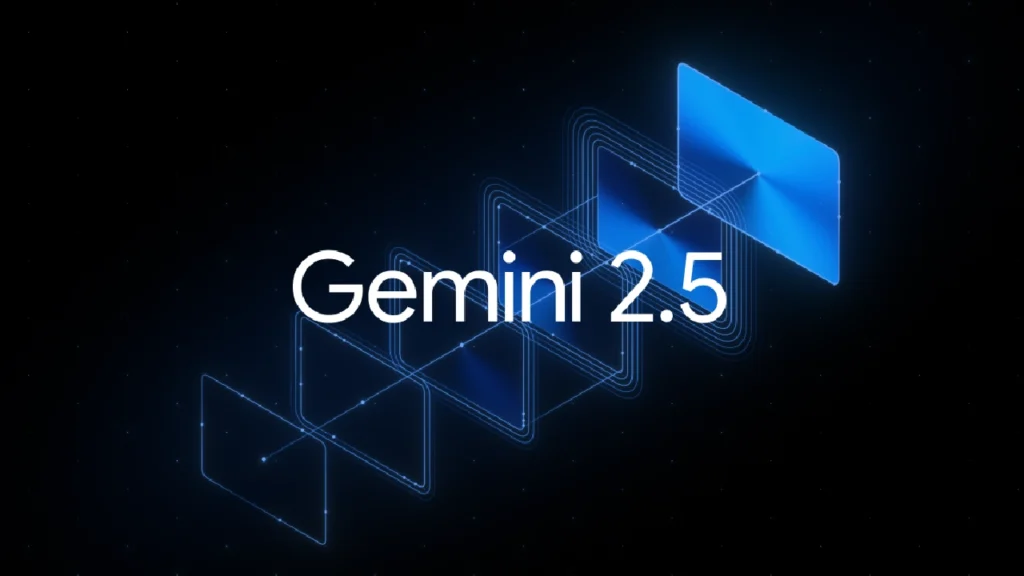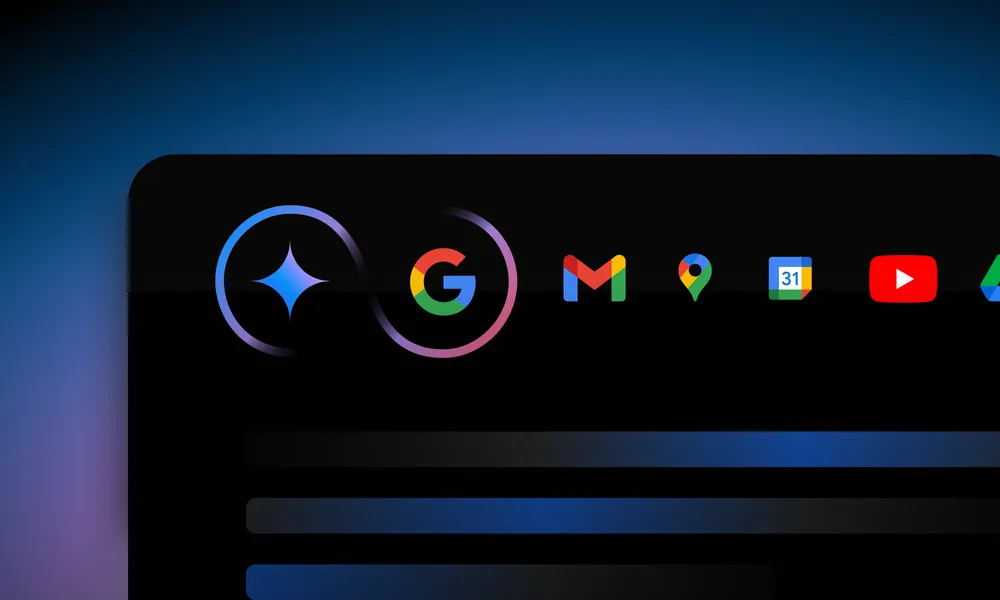Table of Contents
Highlights.
- Gemini 2.5 Computer Use is more than a technical achievement; it is a redefinition from “text-in, text-out” to something much more.
- By revealing a capable “computer-use” tool, Google DeepMind has presented developers with a practical way towards more powerful agents.
- Initial benchmarks and internal applications demonstrate clear productivity gains, while the documentation and developer tools facilitate easy experimentation.
When a machine is not only able to comprehend words and pictures but can also extend its capabilities and “use” programs in the same way a human would, clicking, typing, scrolling, and exploring with visual interfaces, we pass a new threshold. This is precisely what Google DeepMind’s Gemini 2.5 Computer Uses model is designed to pass. Released in October 2025 and now in public preview via the Gemini API, this tailored model makes graphical user interfaces (GUIs) first-class tools for AI agents, enabling them to execute real-world digital tasks that previously required hand-designed automation or delicate integrations. On its face, “computer use” is a feature name.
How It Works.
In reality, computer use involves rethinking how agents interact with the web and mobile applications. Rather than needing a neatly defined API for each service, an agent can use the screen itself as the interface. This methodology unlocks straightforward use cases, including automatically filling and submitting forms, editing dropdowns and filters, and even redrawing on a web-based whiteboard.

With all these features, a legitimate concern regarding reliability, security, and human-machine collaboration design also comes up. The Gemini 2.5 Computer Use model attempts to address these challenges with a well-designed toolset and an iterative interaction loop.
The core of the system is the new “computer_use” utility unveiled through the Gemini API. Instead of sending single, one-off commands, the agent executes an iterative loop: it gets the user’s request, a screenshot of the current environment, and a brief history of recent steps; it then reasons on that visual and textual inputs and returns a function call to execute a UI action (click, type, drag, etc).
Once the action is performed in the client context, a new screenshot and URL are passed back to the model, and the loop continues until the task is finished or stopped by a safety check or user indication. This simple-looking loop is strong because it reflects how humans themselves interact with GUIs: see, modify, check, and repeat.
Gemini 2.5 builds upon the visual intelligence and reasoning of Gemini 2.5 Pro, with optimizations for browser-based work, while also excelling in mobile UI control. It is not currently capable of controlling desktop operating systems at the OS level. Instead, it finds its sweet spot in the browser and web application sections, where most daily life workflows reside. The API allows developers to include or exclude specific UI actions and add custom functions to existing toolsets, resulting in a much more flexible integration that aligns with application-specific behavior and safety requirements.

Performance and Safety.
According to DeepMind’s blog post, Gemini 2.5 Computer Use outperforms top alternatives in several web and mobile control benchmarks, achieving this with significantly reduced latency. Assessments were based on self-reported figures, third-party evaluations conducted on Browserbase, and internal evaluations. Specifics and benchmark artifacts are referenced in the announcement for those interested in exploring the statistics. In reality, this implies that the model can be highly accurate on tasks such as form filling or navigation, while also responding rapidly enough to be useful in interactive use.
Those gains in performance, though, do not negate the need for safe and thoughtful design.
Agents that can manipulate software bring new threats into play, including malicious actors attempting to weaponize automation, unintended or unwanted behavior, web-based prompt-injection attacks, and even security-subverting attempts. To mitigate these issues, Google has embedded safety features directly into the model and provided developers with additional safety guardrails.
There exists an out-of-model per-step safety service that verifies proposed actions before execution, and a collection of system-instruction controls through which developers can cause the agent to refuse or request confirmation before undertaking high-risk actions (such as purchases, security-sensitive actions, or operations on system integrity).
The blog directs readers to a system card and documentation that detail these mechanisms, emphasizing that developers must consider the model as one element of a larger, defense-in-depth strategy.

Early Uses and Practical Implications.
Early testing and deployment already suggest the range of ways that computer-use agents may be used. Google engineers have applied the model to UI testing, an area where high-speed, stable interactions with live UIs yield faster development times.
Early access partners have experimented with personal assistants, workflow automation, and UI testing, with encouraging results that indicate the model has the potential to save precious time and eliminate repetitive work. Apart from the direct productivity gains, the more profound implication is one of accessibility and flexibility.
Most small businesses and internal company applications lack well-documented APIs. An agent that supports visual interaction can fill in those gaps, allowing companies to automate cross-application workflows without requiring heavy engineering effort.
Again, however, such capabilities need to be governed responsibly: organizations will need to manage which sites or internal applications agents can run on, logs of agent activity, and incorporate human-in-the-loop approval for high-value operations.

An Ambitious Reach
As these agents emerge from preview to more general use, the hard work will be social and organizational: establishing where automation is suitable, creating safety and consent models that users have confidence in, and constructing monitoring and human oversight to deliver positive outcomes.
If those guardrails are honoured, the outcome might be a new generation of assistants that do more than respond to our questions; they will assist us in acting in the digital work, steadily and carefully.